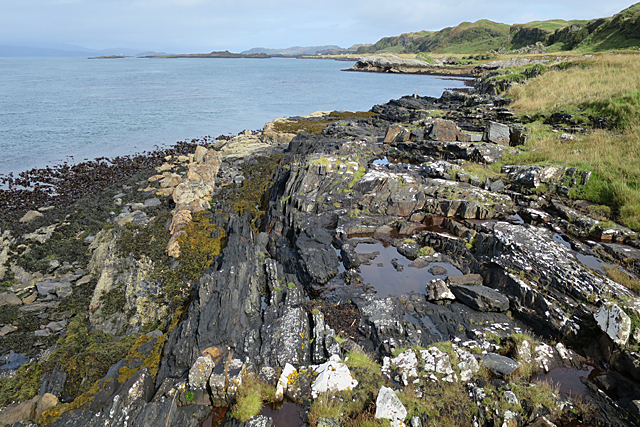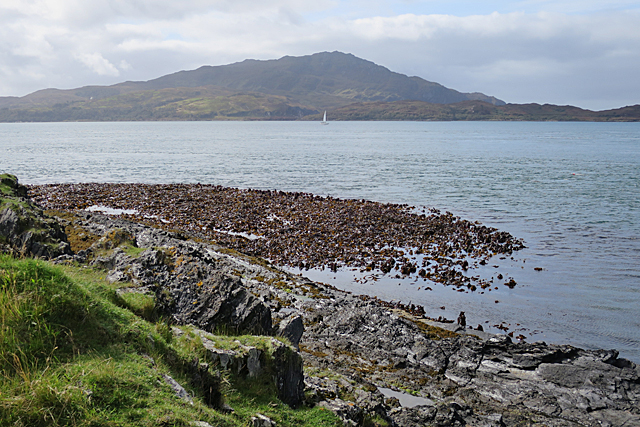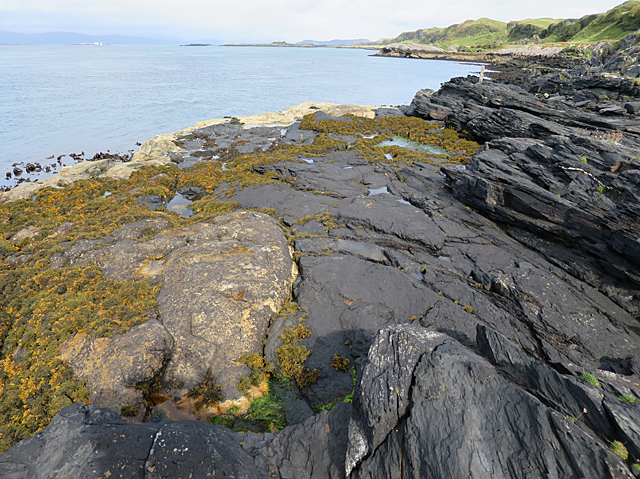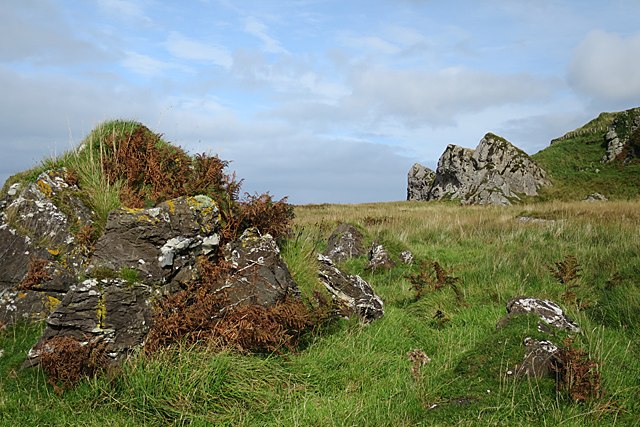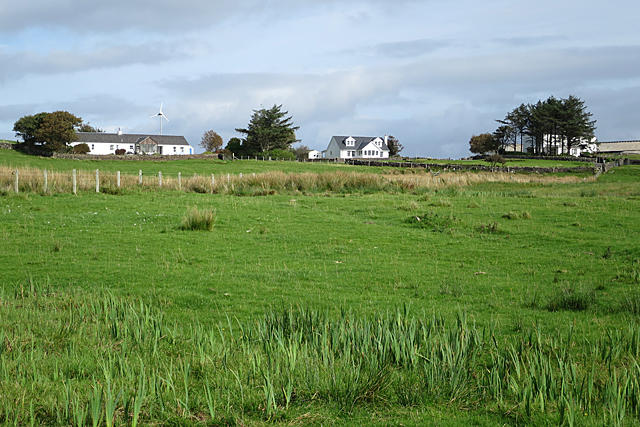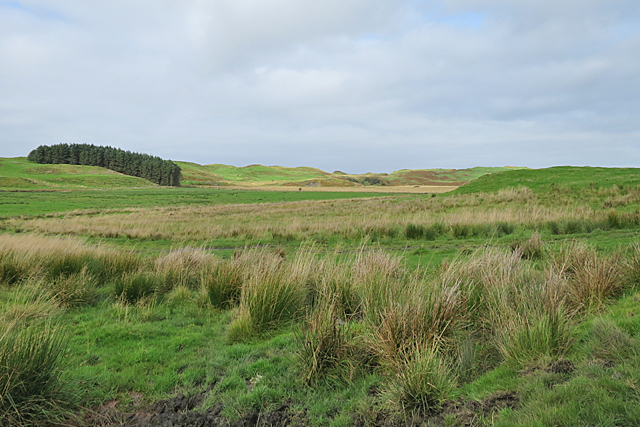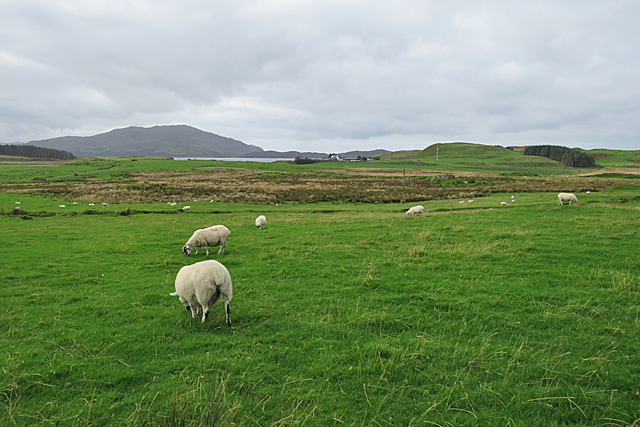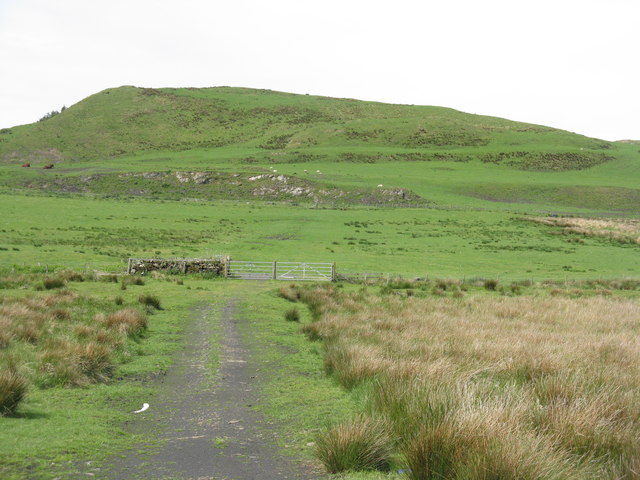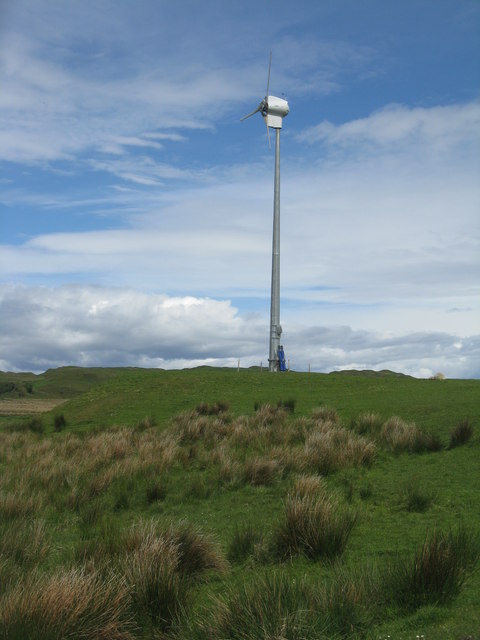Sgeir na Craoibhe
Island in Argyllshire
Scotland
Sgeir na Craoibhe
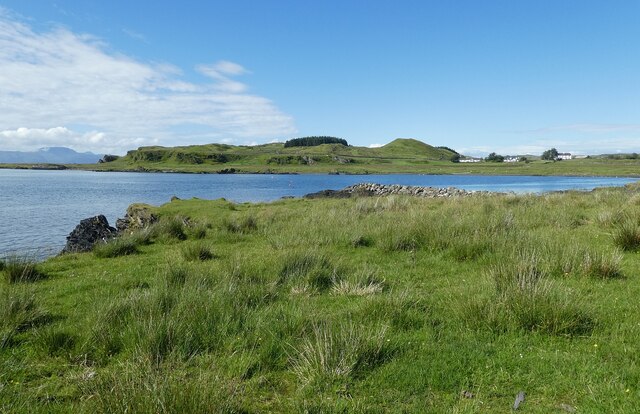
Sgeir na Craoibhe, also known as Sgeir na Creagach, is a small uninhabited island located off the west coast of Scotland in Argyllshire. Situated in the Inner Hebrides, it lies approximately 2 kilometers northwest of the Isle of Luing and 16 kilometers south of Oban.
The island is characterized by its rugged and rocky landscape, with steep cliffs rising from the surrounding sea. It measures around 300 meters in length and 100 meters in width, with a highest point of approximately 32 meters above sea level.
Sgeir na Craoibhe is home to a variety of seabirds, including nesting colonies of common guillemots, razorbills, and kittiwakes. These birds take advantage of the rocky ledges and crevices for breeding, making the island an important site for ornithologists and bird enthusiasts.
The area surrounding the island is known for its rich marine life, with a diverse range of fish species found in the surrounding waters. This makes Sgeir na Craoibhe a popular spot for anglers looking to catch fish such as mackerel, herring, and cod.
Access to Sgeir na Craoibhe is limited, as it is an uninhabited and privately owned island. However, visitors can admire its natural beauty from the sea or nearby vantage points on the Isle of Luing. The island serves as a picturesque example of the rugged and untamed beauty of Scotland's west coast.
If you have any feedback on the listing, please let us know in the comments section below.
Sgeir na Craoibhe Images
Images are sourced within 2km of 56.236431/-5.6599213 or Grid Reference NM7310. Thanks to Geograph Open Source API. All images are credited.
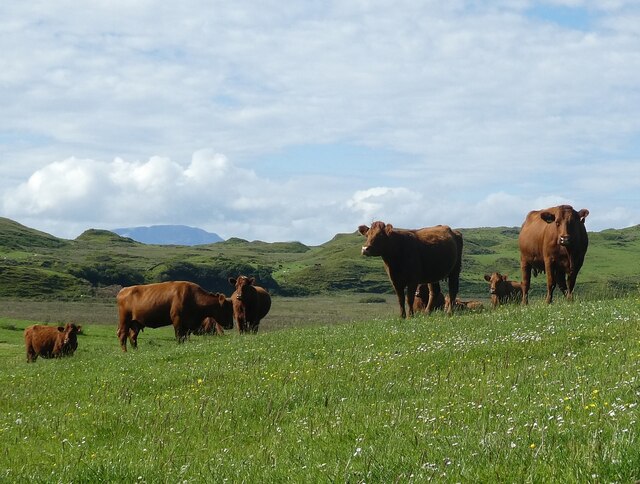
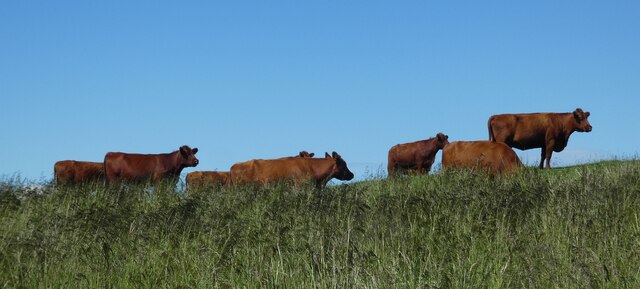
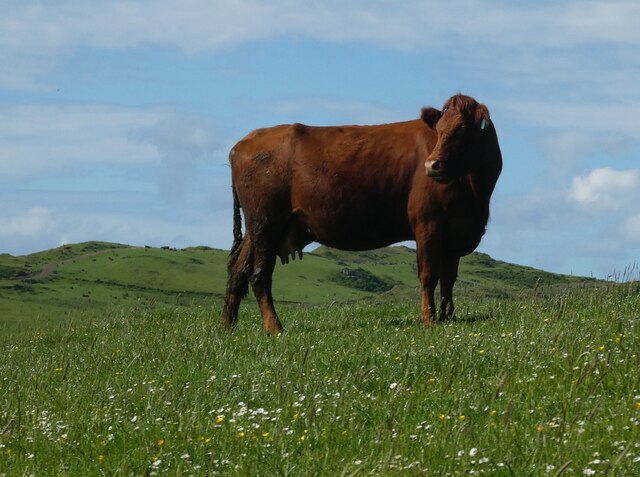
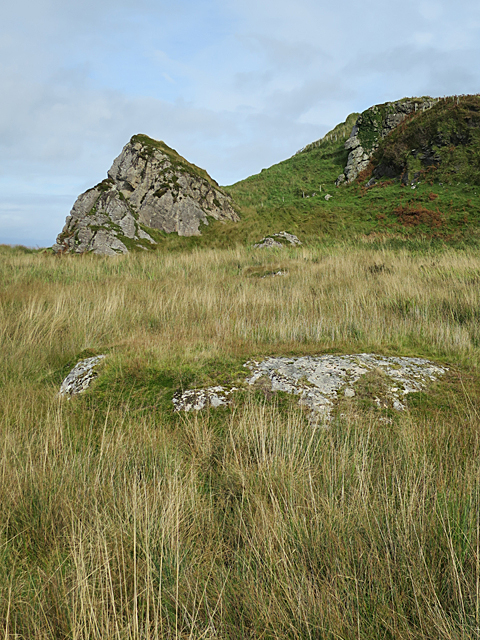
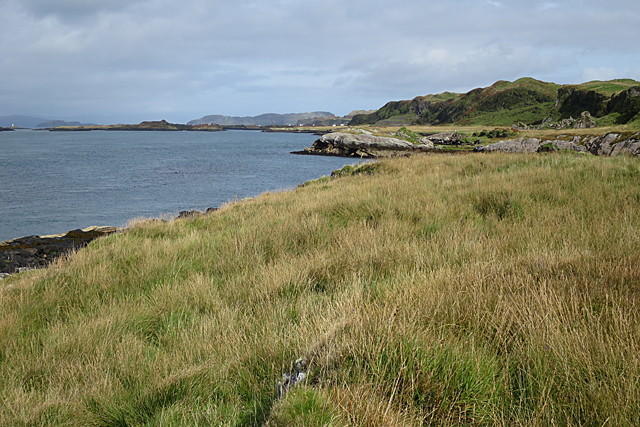
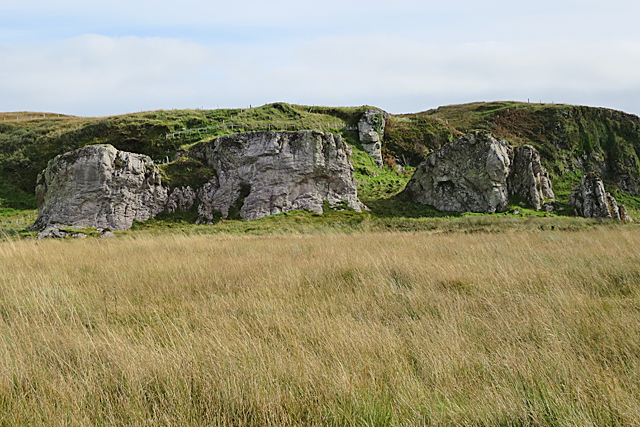
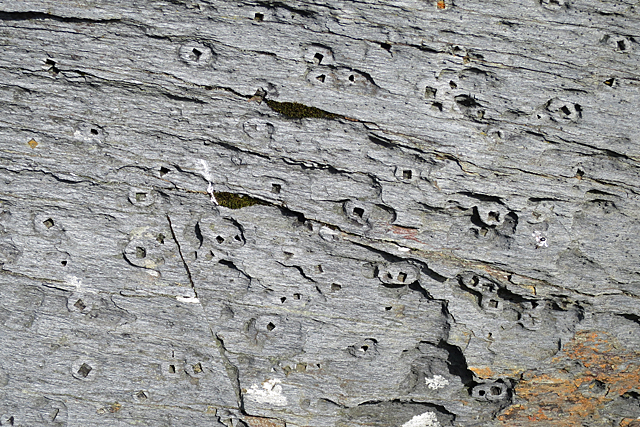
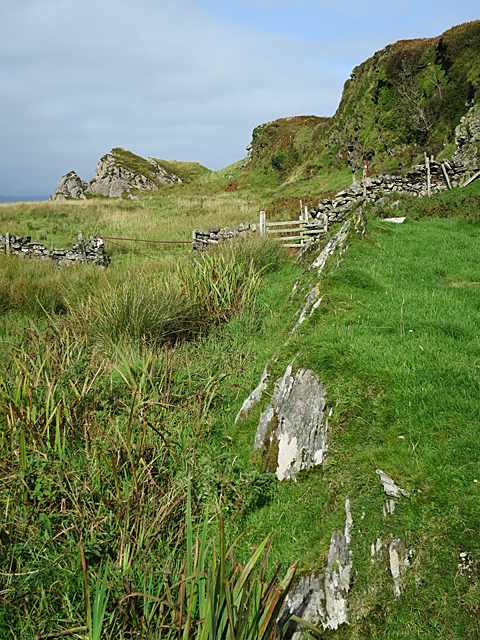
Sgeir na Craoibhe is located at Grid Ref: NM7310 (Lat: 56.236431, Lng: -5.6599213)
Unitary Authority: Argyll and Bute
Police Authority: Argyll and West Dunbartonshire
What 3 Words
///repaying.pelt.angle. Near Lochbuie, Argyll & Bute
Nearby Locations
Related Wikis
Luing
Luing ( LING; Scottish Gaelic: Luinn) is one of the Slate Islands, Firth of Lorn, in the west of Argyll in Scotland, about 16 miles (26 km) south of Oban...
Slate Islands
The Slate Islands are an island group in the Inner Hebrides, lying immediately off the west coast of Scotland, north of Jura and southwest of Oban. The...
Fladda, Slate Islands
Fladda is one of the Slate Islands, off the west coast of Argyll and Bute, Scotland. Fladda is an islet in the Sound of Luing, between Luing and Belnahua...
Ardinamir
Ardinamir is an anchorage and small settlement on the island of Luing in Argyll and Bute, Scotland. == References ==
Nearby Amenities
Located within 500m of 56.236431,-5.6599213Have you been to Sgeir na Craoibhe?
Leave your review of Sgeir na Craoibhe below (or comments, questions and feedback).
